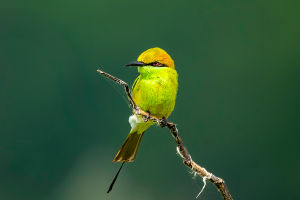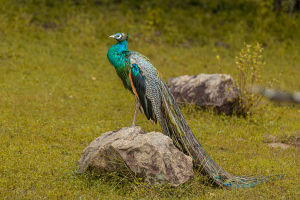Penguins are some of the most fascinating birds on Earth, and King Penguins stand out with their striking colors and impressive swimming abilities.
Lykkers, let’s dive into their world and discover how they hunt, socialize, and thrive in the chilly sub-Antarctic regions. By exploring their daily life, we can truly appreciate the energy and beauty of these remarkable creatures.
Where They Live
King Penguins primarily breed on sub-Antarctic islands such as South Georgia, the Falklands, and Macquarie Island. They thrive in cold coastal areas where large colonies provide protection and social interaction. Unlike some penguins that wander far out at sea, King Penguins consistently return to the same breeding grounds year after year.
Observing these colonies, we can see thousands of penguins moving together, calling to one another, and creating a lively spectacle that’s both chaotic and mesmerizing. Their choice of habitat helps them stay safe from predators and close to abundant food sources.
Diet and Hunting Skills
We quickly learn that King Penguins are expert hunters. They feed mainly on lanternfish, squid, and krill. Their diving abilities are remarkable—they often dive deeper than 100 meters (300 feet), and some have been recorded diving over 300 meters (1,000 feet). Each dive requires strength, patience, and precise timing to catch fast-moving prey in freezing waters.
Watching them, we can’t help but admire their efficiency and grace underwater. They’re true masters of survival in an environment that challenges even the toughest animals.
Predators and Survival
Life in the wild is never without risks. King Penguins face threats from giant petrels, skuas, snowy sheathbills, leopard seals, and orcas. While their large colonies on land provide some protection through sheer numbers, the ocean is a more dangerous place. We notice how alert and cautious they are when swimming, diving, and returning to shore. Their ability to survive in such a challenging environment reminds us how resilience and adaptation are key to thriving in nature.
Size and Appearance
King Penguins are the second-largest penguin species, standing 70–100 cm (28–39 inches) tall and weighing 9.3–18 kg (21–40 pounds). Males are slightly larger than females, and their distinct calls help partners find each other in crowded colonies. Compared with Emperor Penguins, Kings are about 25% shorter and roughly a third lighter.
Their faces are especially eye-catching, with bright orange cheek patches contrasting against dark feathers, while their chests are adorned with yellow-orange feathers.King Penguins that are fully grown have vivid orange markings, whereas Emperors have pale yellow and white cheek patches. Juvenile Kings have long beaks and thick brown down, giving them a very different appearance before they molt into mature feathers.
Distinctive Features
Even within mixed-species colonies, King Penguins are easy to identify. They have gray backs rather than black, long straight beaks, smooth bodies, and large flippers that allow them to swim efficiently. Juveniles already show hints of mature coloration, and after molting, they closely resemble fully grown birds.
Their streamlined bodies allow them to glide through water effortlessly, while their flippers propel them with surprising speed and precision. Observing their movement, we can appreciate how evolution has perfectly adapted them for life in cold oceans.
Social Life and Behavior
King Penguins are also social animals. They communicate with loud, distinctive calls to find mates and chicks in dense colonies. Their breeding process is fascinating—they form long-term pairs, take turns incubating eggs, and care for their chicks together. Watching them, we realize that their social structure is as important as their hunting skills for survival. The constant interaction among colony members, from playful nips to synchronized movement, creates a lively, almost community-like atmosphere.
Conservation Status
Historically, humans hunted King Penguins for their blubber, oil, meat, and feathers. Today, they are fully protected, and populations are carefully monitored. Conservation efforts allow us to enjoy observing them in the wild without harming their habitats. Watching these penguins reminds us how important it is to protect wildlife and respect the delicate balance of nature. Lykkers, every penguin we see thriving is a testament to the impact of careful conservation.
Wrapping Up with King Penguins
King Penguins show us just how colorful, adventurous, and resilient wildlife can be. From their deep ocean dives to their lively social colonies, every part of their life is fascinating and inspiring. Next time we explore sub-Antarctic islands or watch a nature documentary, let’s pause to admire their energy, beauty, and determination. Observing them reminds us to bring curiosity and excitement into our own adventures, and to appreciate the amazing connections we share with the natural world.
King Penguins
Video by Richard Sidey


